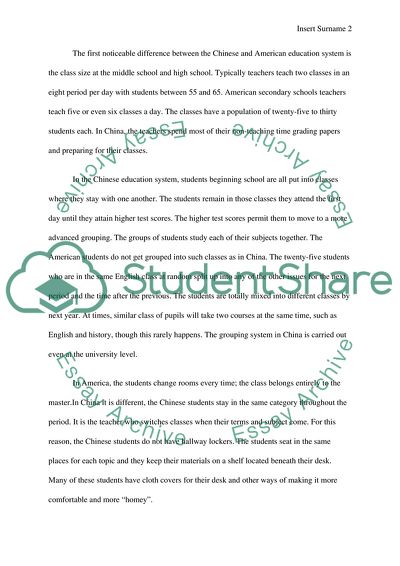Cite this document
(The Traditional and Modern Education Systems Term Paper, n.d.)
The Traditional and Modern Education Systems Term Paper. Retrieved from https://studentshare.org/education/1850670-eduction
The Traditional and Modern Education Systems Term Paper. Retrieved from https://studentshare.org/education/1850670-eduction
(The Traditional and Modern Education Systems Term Paper)
The Traditional and Modern Education Systems Term Paper. https://studentshare.org/education/1850670-eduction.
The Traditional and Modern Education Systems Term Paper. https://studentshare.org/education/1850670-eduction.
“The Traditional and Modern Education Systems Term Paper”. https://studentshare.org/education/1850670-eduction.


